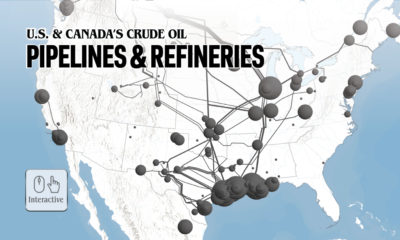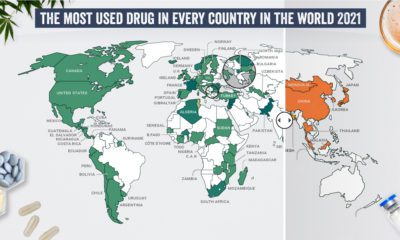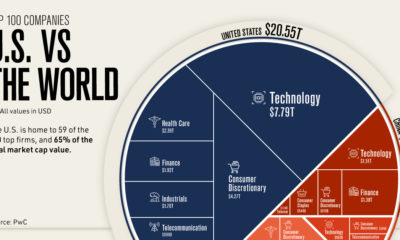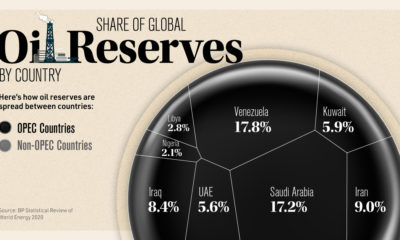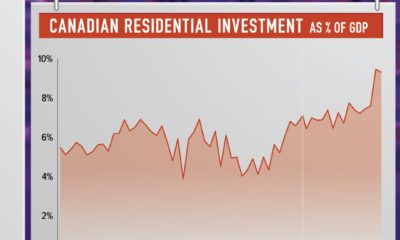Canada’s Medical Cannabis Report Card: Spring 2015
Just over a year ago, we released an infographic that introduced the new MMPR (Marihuana for Medical Purposes Regulations) introduced in Canada as well as the case for medical cannabis. With the first full year of MMPR now behind us, we wanted to take a look at how the medical cannabis industry has matured. For two weeks of April, we talked to every practicing LP (Licensed Producer) in Canada to get a sense of the current landscape of the medical cannabis market.
We wanted to see how the market has changed as well as the type of experience that prospective patients could expect. Then, our team put this information together with some industry context. In the infographic and report, we include a timeline highlighting the last year of events affecting the medical marijuana space in Canada, and also a section focusing on the cultural shift towards acceptance of cannabis.
Methodology
The purpose of this report is to serve as a snapshot of what a potential patient may experience while contacting and researching different LPs. This report is meant to be representative of the time of the two weeks of research (mid-April) and not today. Things change fast and it is possible that producers have come out with new strains (or run out of strains) since that time period. Further, we measured things like social media, phone, and email response times with only a small sample size. These are not statistically significant measures, but are again indicative of what our experience was in trying to reach producers with questions. Lastly, it is also worth noting that at the end of April, we reached out to every LP with the opportunity to correct information that we had collected. Most producers wrote us back and provided some corrections or affirmation that the information was correct, but a few did not respond.
Conclusions
TRADEOFFS The market is still in its early stages, and companies are executing different strategies to win over patients. Right now, there are brands ranging from low to high end in terms of pricing and quality. There are also a variety of preparation strategies, including but not limited to: selling only whole buds, pre-milling the product, machine-trimming, or irradiating the product. In the future, as the market matures, it will be clearer which of these strategies work best for patients and which are better suited for smaller niches. Moving forward, it will also be interesting to watch if all LPs move towards creating a similar selection of products with comparable benefits, or if they all specialize in specific areas based on patient demand. STRAIN AVAILABILITY The single biggest trend we noticed was a lack of consistent strain availability. While the LPs have made big progress since last autumn, there is still a wide variability in what is available at any given time. Supply hiccups are expected in a new industry, but we did get the impression that it does impact patients significantly. We hope that as medical cannabis in Canada matures, that patients will be able to rely on consistent supply for the medicine that works best for them. TRANSPARENCY Our last note is on transparency. We found several LPs very reluctant to give out information on their company or their medicine. This is a concern for patients that are interested in knowing more about what they are buying. A possible cause of this could also be that some representatives for each company may not yet have enough industry experience to know answers to questions like whether their product is irradiated, or if their flowers are trimmed by machines or by hand. The good news is that companies seem to be rapidly maturing in their approach to knowledge and customer service. We had done some preliminary calls and research in the autumn of 2014, and many less-established LPs were much more reluctant to give us information at that time. Further, some representatives were not knowledgeable about product traits and were unprofessional with their phone and email responses. While we still received some of these types of responses in our most recent rounds, we saw a noticeable decrease as company representatives acted more professional, courteous, and with genuine knowledge of their product and the industry. Companies also responded much faster to us in April than they did in 2014, which means that they are improving from a customer service standpoint. Edits: We updated this on June 4, 2015 at 12:58pm, updating the total amount of listed LPs by Health Canada to 19.
on Over recent decades, farmers have been able to more than double their production of crops thanks to fertilizers and the vital nutrients they contain. When crops are harvested, the essential nutrients are taken away with them to the dining table, resulting in the depletion of these nutrients in the soil. To replenish these nutrients, fertilizers are needed, and the cycle continues. The above infographic by Brazil Potash shows the role that each macronutrient plays in growing healthy, high-yielding crops.
Food for Growth
Nitrogen, phosphorus, and potassium (NPK) are three primary macronutrients that are the building blocks of the global fertilizer industry. Each plays a key role in plant nutrition and promoting crop growth with higher yields. Let’s take a look at how each macronutrient affects plant growth. If crops lack NPK macronutrients, they become vulnerable to various stresses caused by weather conditions, pests, and diseases. Therefore, it is crucial to maintain a balance of all three macronutrients for the production of healthy, high-yielding crops.
The Importance of Fertilizers
Humans identified the importance of using fertilizers, such as manure, to nourish crops dating back to nearly 6,000 to 2,400 BC. As agriculture became more intensive and large-scale, farmers began to experiment with different types of fertilizers. Today advanced chemical fertilizers are used across the globe to enhance global crop production. There are a myriad of factors that affect soil type, and so the farmable land must have a healthy balance of all three macronutrients to support high-yielding, healthy crops. Consequently, arable land around the world varies in the amount and type of fertilizer it needs. Fertilizers play an integral role in strengthening food security, and a supply of locally available fertilizer is needed in supporting global food systems in an ever-growing world. Brazil is one of the largest exporters of agricultural goods in the world. However, the country is vulnerable as it relies on importing more than 95% of its potash to support crop growth. Brazil Potash is developing a new potash project in Brazil to ensure a stable domestic source of this nutrient-rich fertilizer critical for global food security. Click here to learn more about fertilizer and food production in Brazil.





